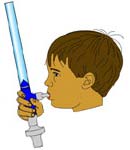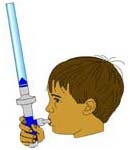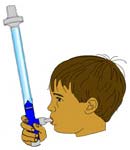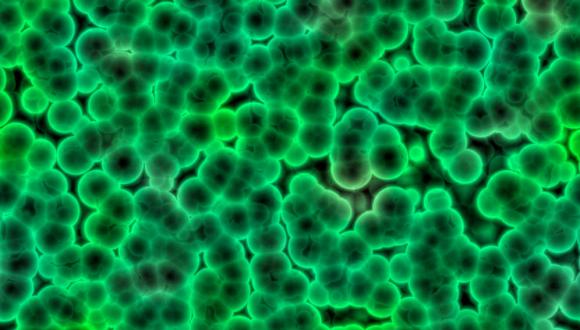The Case for Filtration
The RTube Exhaled Breath Condensate (EBC) Collector is amazingly effective at trapping particles, droplets, and aerosols present in the patient’s exhaled breath. This is why so many studies rely on the RTube to capture exhaled biomarkers for analysis.
But in some cases, a more discriminating collection protocol is in order. For example, an occupational health study may seek to isolate endogenously-produced biomarkers from ambient particles such as dust and bacteria inhaled by the study subject during the collections process. Another example may be a study in which only volatiles and particles smaller than 0.3 microns are of interest. Yet another application may be as an occupational safety measure for your research team when dealing with study subjects with infectious disease. Over 90% of research protocols require no filtration at all and simply use the RTube “as is”. It is for the 10% of protocols where filtration is important that the guidance below applies.
Flexibility is Key
Varied modes of filtration can be accomplished with a simple filter placed in-line in different locations on the RTube device. Our Box of 25 Inline Filters (Item # 2504) is specifically matched to the RTube and can be used in a number of configurations. It is a single-use disposable hydrophobic 0.3 micron anti-bacterial mesh filter in a polyethylene housing. It connects to both 22 mm female and male tapered ports, as well as 15 mm female. This filter is easily installed onto the RTube by the researcher prior to collection by the study subject.
Filtration Mode 1: Prevent Inhalation of Ambient Particulates

Filtration Mode 2: Capture Only Volatiles and Small Particles

Filtration Mode 3: Protect Research Staff from Infectious Disease

Summary
While most study protocols neither benefit from nor require any filtration, yours may be the exception. Please feel free to contact us with any questions. We’ll be glad to review your protocol and make suggestions based on our experience and evidence in published journal articles. We look forward to working with you!
